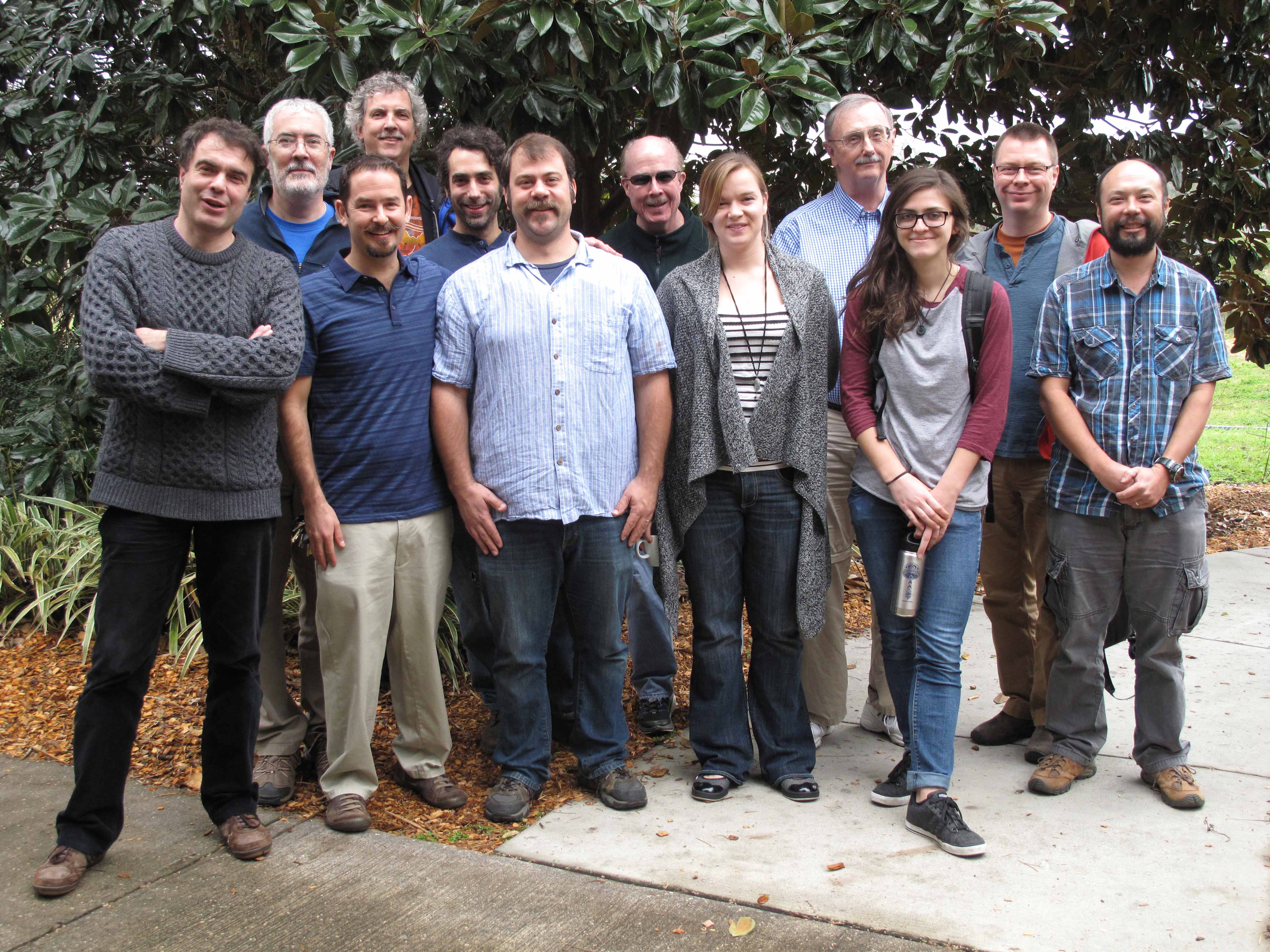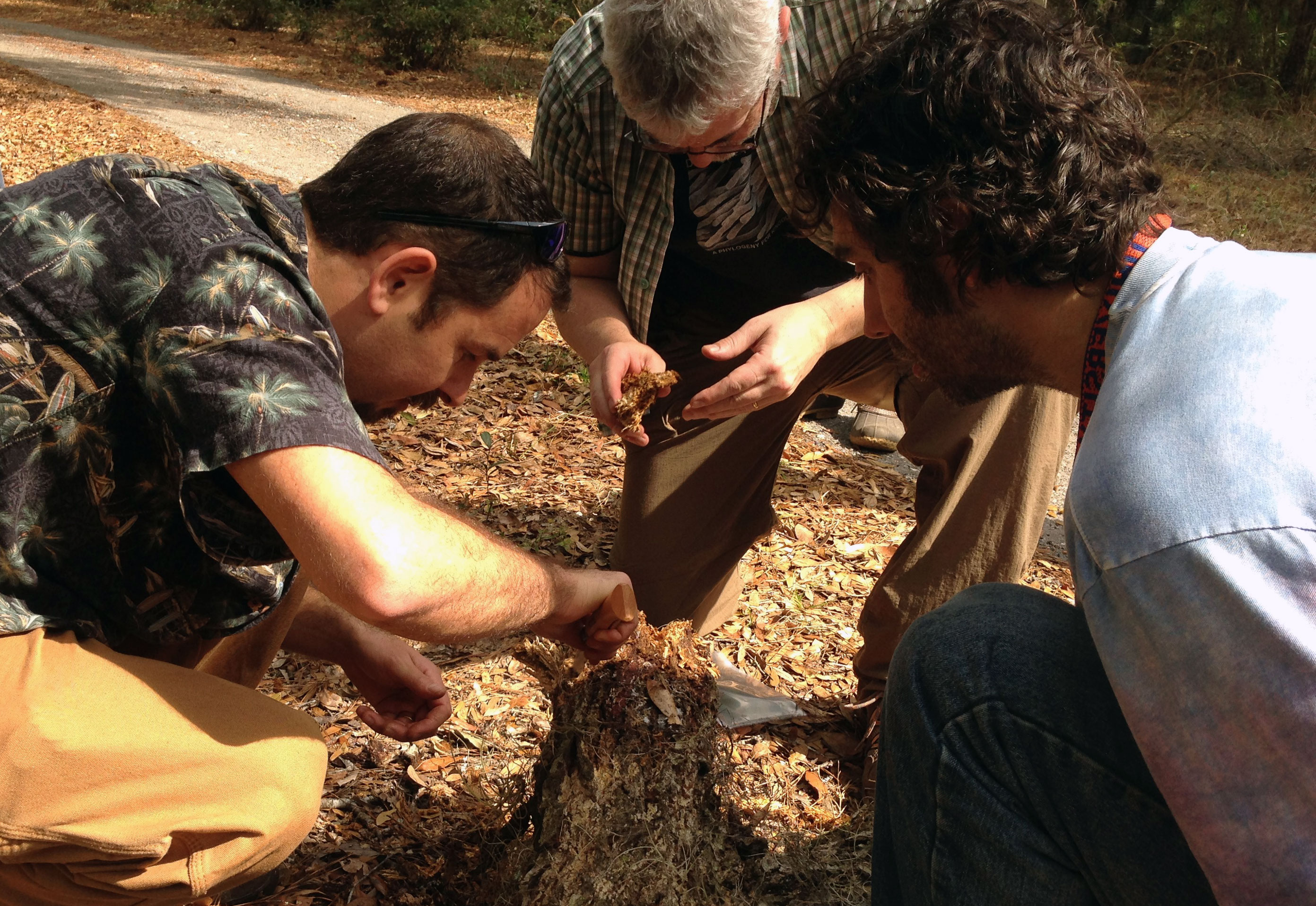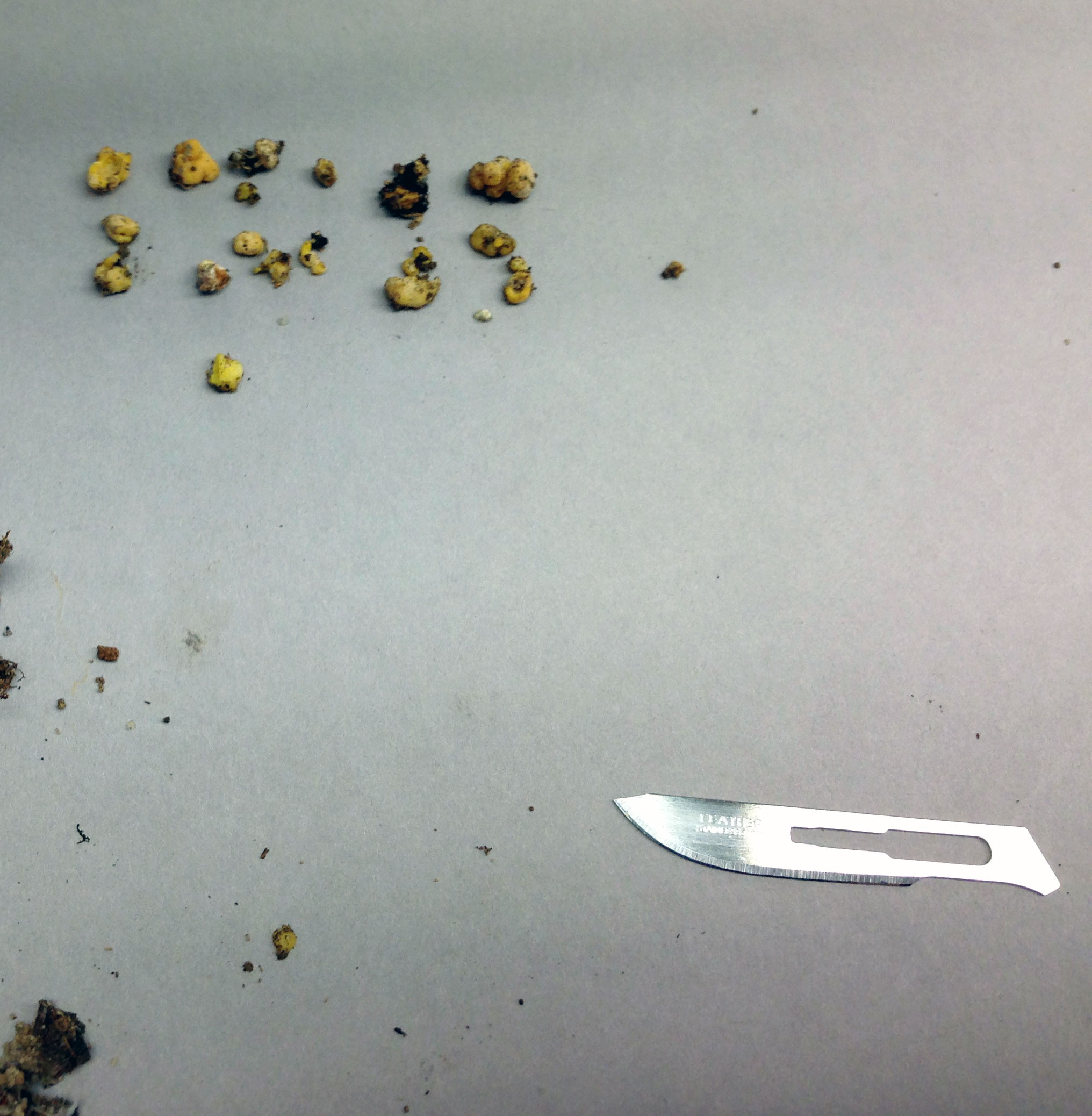First Zygoblitz and ZyGoLife project meeting
The ZyGoLife team had our first all hands project meeting hosted by Co-PI Matthew Smith in the Department of Plant Pathology at the University of Florida in Gainesville, FL. We gathered for three days to organize several of the data collection themes and design some of the experiments we are planning. It was a great ‘kick off’ to our project where we got to interact with each other and through video chats with teams members who could not attend. The project has several foci intended to capture, analyze, and interpret the biological diversity of the early diverging fungi using genomic approaches integrated with information on the life history and ecologies of these fungi.

The project is sequencing genomes in collaboration with the JGI and 1KFG projects and in our labs in order to develop a high quality reference set of genomes from the major lineages of zygomycete fungi. This will provide confidence in the placement and branching order of these fungi, which is currently somewhat unresolved. We are also sequencing targeted markers or light draft genomes to sample the diversity of zygomycete fungi within culture collections. This includes the pioneering sampling conducted by Dr. R. K. Benjamin and continued by Dr. Gerald Benny (among others) . Dr Benny is a collaborator on this project and we are thrilled to have his expertise in the systematics, taxonomy, and biology of zygomycete fungi.

We also spent one morning at the Ordway-Swisher Biological Reserve on a “Zygoblitz” (like a Mycoblitz, and Bioblitz) where we focused on collecting samples of soil, insects, and dung which would be likely to contain zygomycetous fungi. This provided cross-training on species collection and identification among groups where new specimens and cultures are needed. One focus was looking for Endogone species.

These are small truffle-like fungi that fruit in or on soil, leaf litter, or decayed wood. Although widespread, these fungi are infrequently collected and are difficult to culture and to identify. Our team was lucky enough to find a fresh collection of Endogone cf. pisiformis at the Ordway-Swisher reserve.
Merlin White showed how to dip for aquatic insects in the lakes we visited in order to sample trichomycete fungi that inhabit the guts of insects.

The techniques required to isolate these fungi are challenging, so it was great to have a master show us how to work his magic. Similarly, Gerald Benny presented an excellent overview of the major lineages in the Mucormycotina fungi and provided perspective on how much is really know the taxonomy and systematics of this lineage. Andrii Gryganskyi also entertained us with a humorous and detailed demonstration on how to culture Conidiobolus species from soil or leaf litter and Basidiobolus species from frog excrement.
Many of the team members setup EOL accounts in order to create and curate species pages about zygomycete fungi. As part of our project, herbarium staff members and students in our mycology courses will put together EOL species pages for zygomycete fungi. Although a few EOL pages have been created for select species, there are still plenty of taxa that need attention.
This first meeting will be followed up by impromptu gatherings at the upcoming Fungal Genetics 2015 meeting and MSA 2015 meeting. We also hope to run several more Zygoblitzes with additional training for students and others who want to learn to collect and identify zygomycete fungi.
Previous post
ZyGoLife project launched
Next post
Successfully growing a mycoparasite in pure culture!
